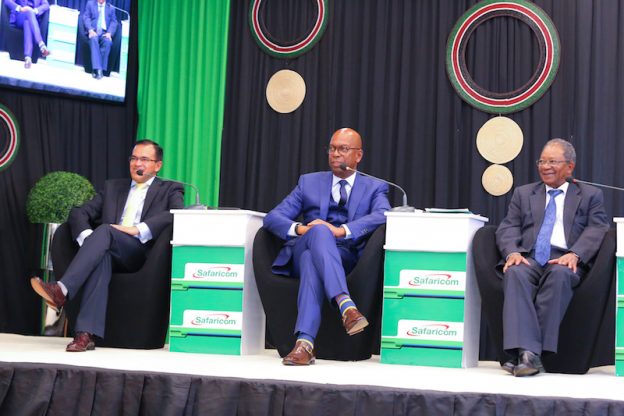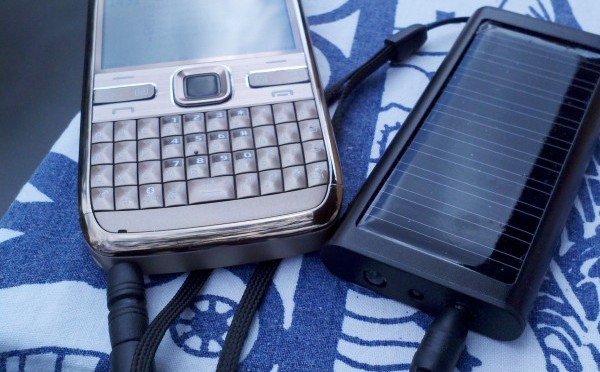A rundown of local fintech tools for phones available in Kenya, both from banks and non-banks. Most don’t give you much access to all their features till you register and It’s not clear where the user data for some of them ends up. They are mostly there for android phones, less so for iPhones. Take a spin, and share feedback if you have used them.
Non Bank One’s
Abacus helps novice or pro traders understand and trade at the Nairobi Securities Exchange.
From CIC Group comes Bima Credo with which people can get life insurance by buying and using airtime credit. This enables consumers to pay for their life insurance premiums in affordable amounts and as part of their daily mobile airtime usage.
Mula: (Android only) is a bill payment service from Cellulant. One can pay all bills in one place and track past payments, pay for Nairobi City parking and buy items for friends on any network. You will never forget a (recurring) bill, as Mula is fully integrated with Safaricom’s M-Pesa API so this means no copying and pasting transaction details. All you have to do is accept or decline the transaction. Another review by Moses.
M-Shwari Take part in the #52WeekChallenge With M-Shwari that locks savings and one will be able to save Kshs 68,500 ($685) a year, a handy sum, just by small periodic installments.
Open World has Open Business, a point-of-sale app for small businesses. They can use it to track sales and inventory in real time. No long-term contract is required, just Kshs 500 (~$5). The app is a bottom-up fintech tool for SMEs that will enable data-based lending from banks and alternative lenders.
The Safaricom App now comes with M-PESA functions and can be downloaded to Android and iOS smartphones. The app enables customers to select contacts from their phones when sending money and customers. Aside from that, merchants will also enjoy faster payments through Lipa Na M-PESA to their accounts at 23 banks ..this will cut down the time that it takes to move money from a Lipa Na M-PESA till to a bank account from as much as 28 hours down to seconds.
Uhasibu has payroll which simplifies payroll management, including statutory payments to a half-dozen government agencies that businesses have to make every month, and these include different taxes. Another review by Moses.
Zeep (Android): Enables teens to learn finance in a secure environment. Their parent/guardians register (*823#) and then also link and register to their children/ beneficiaries/ dependents numbers. They can use the app to make payments for NHIF, land rates and business permits. They can also allocate weekly amounts to teens and watch as they pay for utilities and other bills.
Bank One’s
CBA has Loop which is geared toward the young hustler or someone who needs banking for a side gig. Tagged as unbank yourself, users, once they register and get a debit card, can pay bills and categorize items to spend on and track these against set budgets e.g. see how much they spend on food & dining., transport ( Uber), or rent. They can also check balances, and see a financial snapshot at any time. Another review by Macharia.
Equity has Eazzy banking platform from Finserve. One can store billing details to pay after and also send money securely to another phone or bank account, pay for goods and services, and buy airtime for EquiTel and other networks. One can also set and save for a goal, send money to favorite people (contacts on whatsapp, twitter, facebook) and apply for loans instantly of up to Kshs 3 Million (~or $30,000) and track NSE shares.
Stanbic has a Kidz banking app (available in South Africa) – an educational and fun app that teaches children how to save and manage their pocket money. Kids earn money when they complete their chores and can save towards goals while parents get to approve payments, set and monitor tasks, etc.
Other banks like Coop and KCB have accounts tailored for children and young adults with extras such as book & uniform discounts and education & insurance policies, but it would be nice if they added financial education tools and apps dedicated to those bank accounts.




